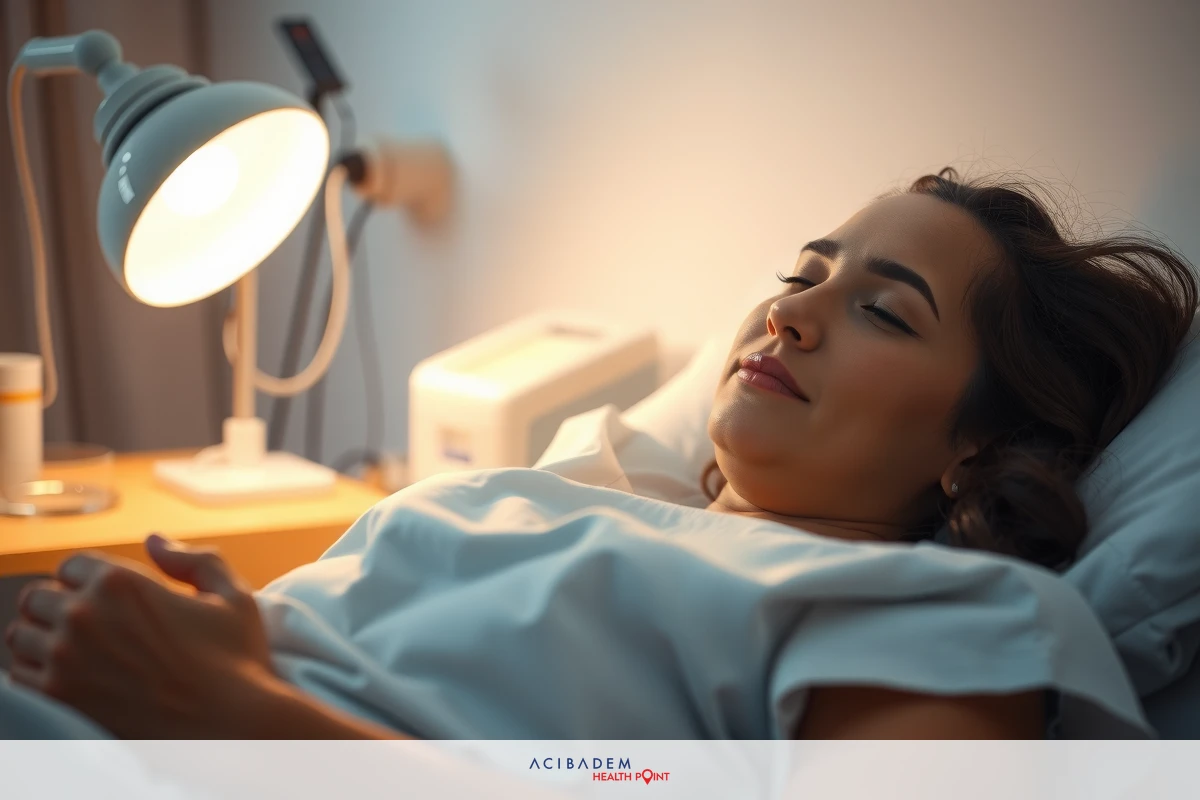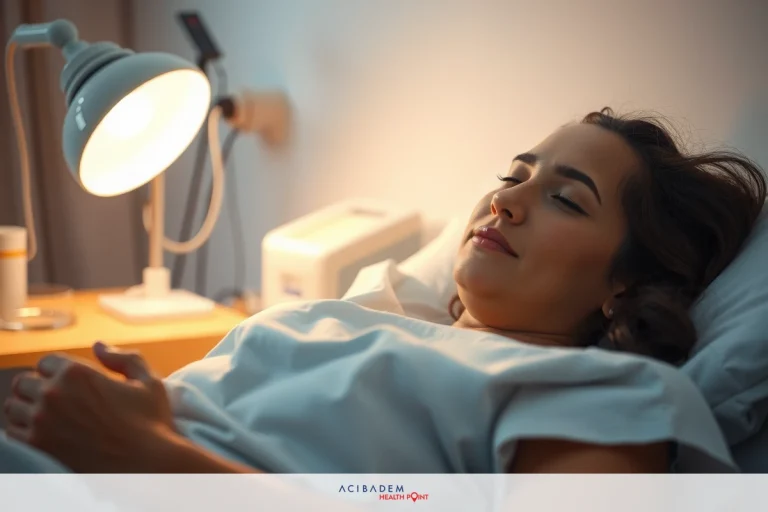When Do Stitches Fall Out After Rhinoplasty
When Do Stitches Fall Out After Rhinoplasty Rhinoplasty, an alteration of the nose’s structure for either cosmetic or functional reasons, involves a delicate and intricate healing process. The duration to which stitches remain before falling out is one crucial aspect that patients often ponder about. It varies based on factors such as the type of stitch used – dissolvable or non- dissolvable – and individual patient recovery rates.
This journey from post-operation towards full recovery is vital for every rhinoplasty patient. Close attention paid to post-operative care instructions can facilitate smoother healing and help in predicting when stitches would fall out. This knowledge promotes not only physical well-being but also mental preparedness during the course of recovery.
Healing Timeline
The healing timeline for rhinoplasty is a crucial aspect that patients need to understand. It’s not just about getting through the surgery but also what happens in the weeks and months following it. Particularly, when it comes to stitches, knowing when they fall out can provide some peace of mind during this recovery period.
After rhinoplasty surgery, patients often have stitches both inside and outside their nose. These are typically dissolvable sutures which will gradually disappear on their own as the healing progresses. The time frame varies from patient to patient; many people find that internal stitches start falling out within one or two weeks post-surgery while external ones might take slightly longer.
This process is influenced by several factors including individual health status, adherence to post-operative care instructions and overall body response towards healing. In most cases though, complete stitch fall out should occur by six weeks after surgery signifying a significant milestone in the healing timeline.
It’s important to note that although this timeframe provides an estimate on when you can expect your stitches to fall out after rhinoplasty, every person’s experience will be somewhat different based upon personal health conditions and specific surgical techniques used in their case. Maintaining open communication with your surgeon throughout this journey becomes key for managing expectations regarding recovery timelines specifically related to stitch removal.
Recovery Process
The recovery process after rhinoplasty is a journey that requires patience, care and understanding. During this time, the body works hard to heal itself – repairing tissues, reducing swelling and eventually leading to stitches falling out. The relationship between these healing phases and stitch removal timing is a key aspect of the overall recovery.
Immediately following surgery, patients may experience discomfort along with bruising and swelling around the nose area which gradually subsides over days. Adhering strictly to post-surgery instructions during this initial phase can greatly influence how smoothly one transitions towards subsequent stages of recovery where focus shifts more towards managing stitches until they fall out.
It’s not uncommon for some minor bleeding or oozing from where stitches are placed especially in early days post-surgery; however any notable concerns should be immediately reported to your surgeon for timely intervention if required. As weeks pass by, one might start noticing loose threads signifying that dissolvable sutures are beginning their natural process of breaking down.
During this period it’s important not to pull on loose threads or attempt removing them prematurely as doing so

could disrupt healing process potentially leading to unnecessary complications. Instead allow them to fall
out naturally while continuing with prescribed cleaning routines ensuring a healthy environment conducive for optimal healing thereby promoting faster stitch removal timeline.
Each person’s recovery process will be unique due its complexity involving numerous individual factors including personal health status surgical technique used among others hence being aware about what generally happens during rhinoplasty recovery specifically related stitch removal can help prepare oneself better mentally physically ultimately aiding smoother transition through various stages associated with procedure aftermath.
When Do Stitches Fall Out After Rhinoplasty: Post-Operative Care
Post-operative care is a significant component of the healing journey after rhinoplasty. It includes steps that patients need to take to ensure proper healing, minimize complications, and facilitate timely stitch removal. One cannot emphasize enough how adherence to these instructions can shape one’s recovery trajectory including aspects such as when stitches would fall out.
In the immediate days following surgery, it’s important to rest adequately while keeping head elevated in order to reduce swelling around the nose area which not only aids comfort but also promotes quicker healing thereby influencing stitch fall out timeline. Pain management will be another crucial aspect during this period and your surgeon will provide appropriate medication regimen for it.
Keeping nasal passages clean by gently irrigating them with saline solution as advised by your doctor forms part of essential post-operative care routine. This helps maintain an environment conducive for stitches to dissolve naturally over time without causing unnecessary discomfort or potential infection risk.
Avoidance of strenuous activities or anything that might cause undue pressure strain on nose until fully healed is another key instruction that needs strict compliance since any inadvertent trauma could disrupt stitch integrity slowing down their natural falling out process besides other possible complications.
Frequently Asked Questions
How long does it generally take for stitches to fall out after rhinoplasty?
The timing can vary, but generally, internal stitches start falling out within one or two weeks post-surgery while external ones might take slightly longer. Complete stitch fall out should occur by six weeks after surgery.
What factors influence the timing of stitch removal?
Several factors can influence this process including individual health status, adherence to post-operative care instructions and overall body response towards healing.
What should I do if my stitches don't seem to be dissolving naturally?
If you notice that your stitches aren't falling out as expected or there's any cause for concern such as important discomfort or signs of infection, it's best to consult with your surgeon promptly.
Can I remove the loose threads from my dissolvable sutures myself?
It's strongly advised not to pull on loose threads or attempt removing them prematurely. This could disrupt the healing process potentially leading to unnecessary complications. Instead allow them to fall out naturally while continuing with prescribed cleaning routines.











